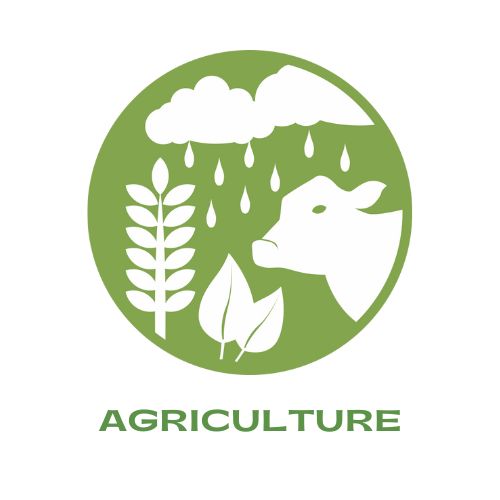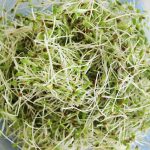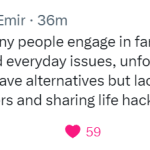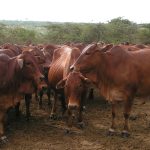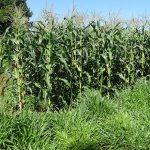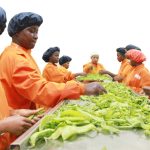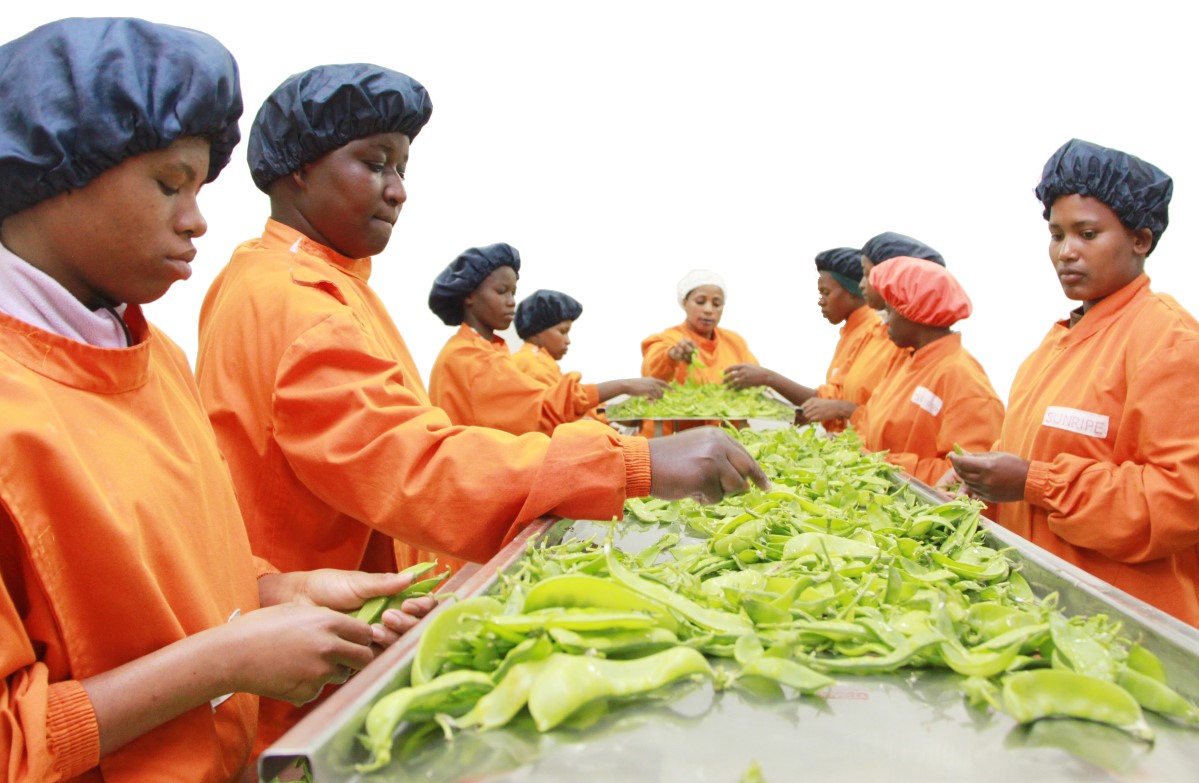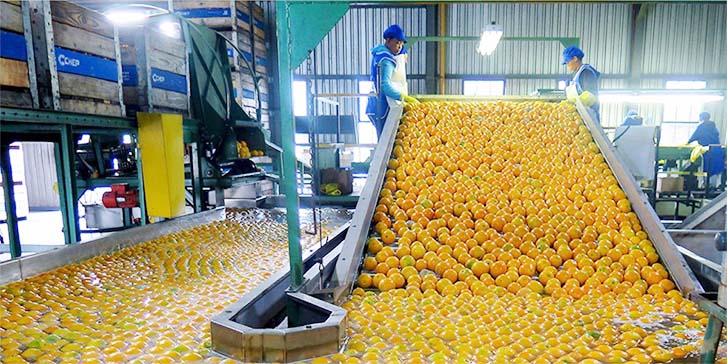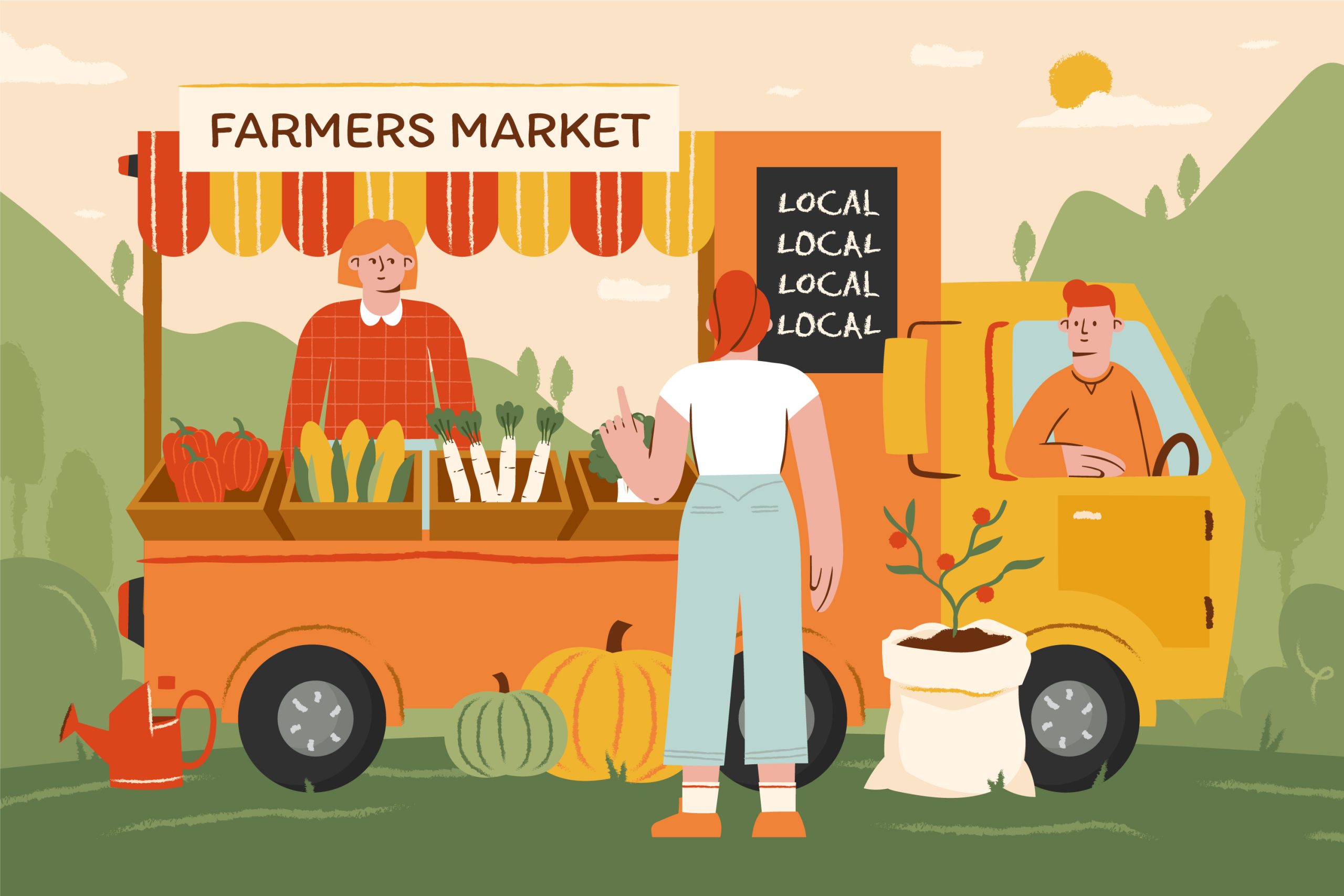Beyond just growing raw commodities, Kenyan farmers have immense potential to unlock additional revenues and demand by converting their produce into processed value-added products. Whether it is converting fresh mangoes into packaged fruit juices or transforming milk into yogurt or cheese, value addition opens up entirely new profit streams. At the same time, the higher prices commanded by value-added items offset vulnerabilities associated with undifferentiated raw commodities.
However, Kenyan farmers and agribusinesses need to master the intricacies involved in creating distinctive, quality value-added goods that resonate with consumer preferences. By investing in processing, packaging, branding and marketing, players who crack the code of value-added agriculture can reap handsome dividends.
Where Players are Currently Falling Short on Value Addition
Despite the advantages, value addition remains under-exploited in Kenya’s agriculture sector due to some inherent challenges:
- Insufficient Processing Infrastructure
Limited access to processing equipment, facilities and technologies hinders value addition, especially for smallholder farmers. The capital investment required is also substantial.
- Gaps in Value Addition Skills
Farmers often lack specialized skills like developing food formulations, operating processing equipment, quality control protocols and packaging techniques which are essential for value-added products.
- Inability to Consistently Ensure Quality
Fluctuating quality due to raw material variations, equipment inconsistencies, inadequate monitoring etc. erodes consumer confidence in value-added products. Brand reputation suffers.
- Minimal Market Research
Many value-added products fail as producers do not undertake enough consumer research to develop offerings aligned with consumer preferences, demographics and willingness to pay.
- Underdeveloped Distribution Channels
Reaching target consumer segments through appropriate retail channels remains a big challenge. Without assured distribution, the viability of investing in value addition decreases.
- Limiting Mindset
For generations, farmers have focused solely on raw commodity cultivation. But the mindshift to becoming food processors calls for a more entrepreneurial outlook. This holds many back.
Key Hurdles in Scaling Up Value Addition
Some inherent challenges make it difficult for Kenya’s agriculture sector to unlock the full potential of value addition:
- Access to Patient Capital
The significant upfront investments into specialized processing equipment, product development trials, market testing etc. require patient capital, which is currently hard to access.
- Managing Value Chain Integration
Coordinating linkages from farms to packaging, processing, distribution and retailing channels is complex but vital for 2efficacious value addition across fragmented value chains.
- Acquiring New Capabilities
Transitioning from farming to manufacturing calls for capabilities like operations management, quality control, logistics, branding etc. Building such expertise takes time.
- Understanding Consumer Behavior
Insights into target consumer preferences, ability to pay, decision motivators and brand perceptions are crucial but hard to gather, especially for export markets.
- Becoming Consistency Champions
Delivering standardized quality time after time, batch after batch, poses steep challenges, from input variability to equipment limitations.
- Navigating Regulatory Requirements
Value-added products require navigating complex health, quality and environmental regulations. Compliance burdens can be disproportionate for small producers.
6 Strategies to Unlock Value Addition Potential
To overcome these hurdles, a mix of strategies can catalyze value addition by Kenyan farmers:
- Strategy 1: Collaborating for Shared Infrastructure
Farmer collectives can invest in jointly-owned processing facilities, packaging houses and distribution fleets to access capabilities at reasonable costs.
- Strategy 2: Tapping into Incubators
Incubators focused on agrifood ventures can provide mentoring, skills training, and product development support to refine promising value-added concepts.
- Strategy 3: Building Market Intelligence
Invest in understanding overseas trends and fine-tuning products to consumer preferences in target export markets. Tie-ups with Indian and European distributors help test demand.
- Strategy 4: Adopting Industry Best Practices
Visits to leading food processing factories allow famers to incorporate global quality standards, safety protocols and lean manufacturing practices.
- Strategy 5: Accessing Appropriate Financing
Blended financing via a mix of microfinance, asset leasing, venture capital, impact investments etc. can fund asset purchases, working capital needs, and product R&D.
- Strategy 6: Leveraging E-Commerce
Digital sales of value-added products via dedicated online platforms and marketplaces tap into the fast-growing consumer segment seeking convenience.
Support Interventions to Scale Up Value Addition
While individual farmers and firms drive value addition, an enabling environment is crucial:
- Agricultural universities should incorporate value addition and food technology courses into curricula to build relevant skills.
- Government incentives like capital grants, subsidized loans, and tax holidays can encourage investments into value addition infrastructure.
- Industry associations need to promote sharing of technical knowledge on aspects like food processing techniques, packaging innovations etc.
- Research institutions should develop food processing solutions suited for small producers, like solar-powered driers, and improved product formulations.
- Stringent quality regulations and certification requirements by bodies like KeBS build consumer trust in value-added items.
- Agricultural extension services should educate farmers on the financial viability of transitioning from raw commodity supply to integrated processors operating via contract farming models.
High-Potential Value Addition Avenues
Some particularly promising value addition opportunities that Kenyan farmers should evaluate include:
- Packaged Fresh Cuts
Rising urbanization and health consciousness is driving demand for conveniently packaged fresh sliced fruits and vegetables with extended shelf life, like ready-to-eat baby carrots.
- Private Label Dairy Items
In addition to supplying to established dairy brands, farmers can enter manufacturing value-added items like yogurt, ghee, and cheese under their own private labels.
- Cold-Pressed Oils
Capitalizing on the health-food movement by mechanically extracting and bottling oils from sunflower, sesame, and other oilseeds allows premium pricing.
- Processed Pulses
Milling, cleaning, and packaging pulses into shelf-stable branded packages of dals, besan etc expands the market for farmers beyond commodity legumes supply.
- Dried Fruits and Vegetables
Tapping into the snacking market by drying and packing produce like mango, banana, and sweet potato slices quenches demand for nutritious on-the-go options.
- Baked Goods
Homestyle bakeries converting raw commodities like wheat and banana into artisanal baked food products and selling through e-commerce platforms are a fast-growing niche.
Case Study: Brookside Dairy
Kenyan dairy processor Brookside Dairy demonstrates how contract farming and integrated value addition can generate higher incomes for farmers:
- Partnerships secure consistent milk supply from smallholders necessary for value-added manufacturing.
- By the cooperative collectively handling processing and marketing of value-added items like yogurt, farmers earn much more than just selling raw milk.
- Technology access and training provided to farmers under contract farming assists them in improving productivity and milk quality critical for value addition.
- Offering competitive prices and income stability incentivizes farmers to supply to Brookside instead of informal channels.
- Developing diverse product categories from flavored milk to butter caters to wider consumer segments, benefiting both the company and farmers.
Making Value Addition Mainstream
For value addition to become ubiquitous across Kenya’s agriculture sector, a proactive push by all stakeholders is required:
- Industry associations need to showcase smallholder success stories proving the transformational impact of value addition to inspire widespread adoption.
- Financial institutions must design innovative tailored loan products like equipment leasing and inventory financing to fund value addition ventures.
- Government bodies like food safety authorities should assist producers in navigating compliance through tools like testing subsidies and inspection exemptions.
- Distribution partners that connect farmers to high-value urban and overseas niche markets need to be proactively developed.
- Investments into rural electrification, food parks with common facilities, and ICT connectivity has to be intensified to facilitate value addition enterprises.
The potential to convert Kenya’s diverse agricultural produce into sought-after value-added products from juices to snacks to baked goods is immense. With support by all ecosystem stakeholders, value addition can drive higher farmer incomes, enhanced food security, and import substitution.
The time for Kenyan farmers to pivot beyond raw commodities into the lucrative world of processed, branded value-added foods has arrived. The opportunities are boundless!
#ValueAddedAgriculture #Agribusiness #ProductDevelopment #Entrepreneurship #AgricultureInnovation 🌾🍅🚀
About The Author
Getrude Muchemi, Founder, Getli Foods
Esther is an entrepreneur and food scientist who has worked with farmers across Kenya to scale value-added agrifood ventures. She is passionate about leveraging technology to catalyze innovative value addition that creates sustainable livelihoods.

